By Mark Carlson
In 1960 Twentieth Century Fox released the film Sink the Bismarck! Based on C.S. Forrester’s bestselling book The Last Nine Days of the Bismarck, the documentary-style film tells a gripping and reasonably factual account of the most famous sea chase in history.
In an early scene, German Fleet Admiral Günther Lütjens addresses the crew of the battleship as they head out to the Atlantic. With the typically bellicose posturing usually portrayed in American war films, Lütjens proclaims, “Officers and men of the Bismarck! This is the fleet commander. I can now tell you that we are going out into the North Atlantic to attack the British convoys. We are going to sink their ships until they no longer dare to let them sail! It is true we are only two ships [Bismarck was sailing with the heavy cruiser Prinz Eugen]. But the world has never seen such ships! We are sailing in the largest, the most powerful battleship afloat, superior to anything in the British Navy! We are faster, we are unsinkable!”
From that point on, the viewer is left with little doubt of the German warship’s invincibility and power. Yet this is not true. Bear in mind that the movie was made in 1959, a full 18 years after the Bismarck had been sunk. This has become the Bismarck legend. But most legends have no more validity than what one accepts at face value.
Like many other historical icons, Bismarck’s power has been greatly magnified and distorted. What was once believe about Bismarck is pure fiction. In fact, rather than the most powerful battleship in the world, she was actually among the ranks of less heavily armed capital warships in 1941. True, her engineering and fire control, engines and gunnery were superb. But those factors alone do not warrant top billing.
The development of heavy warships since 1906 when HMS Dreadnought, the first all big gun ship, was launched was a steady climb in size and power. But it was most often a constant duel between size, weight of armor, speed, and gun caliber.
During World War I, the old tactic of battleships steaming in parallel lines battering away at one another ended with the epic Battle of Jutland. In four separate encounters on May 31, 1916, two huge fleets met off Danish Jutland in the North Sea. When it was over, three British battlecruisers had blown up, but the main force of the German High Seas Fleet and the British Grand Fleet had suffered little crippling damage. Even when the biggest guns were employed, it was armor protection that mattered most. Unfortunately, some naval design experts had yet to grasp this fact.
All Jutland proved was that the old way of ending wars with battleships was over.
When the Third Reich dawned in 1933, Germany had already begun a massive shipbuilding program. Destroyers, cruisers and, most effectively, U-boats were constructed in great numbers, but the queens of the sea would still be the mighty battleships. Senior Kriegsmarine officers believed they could be far more effective at hitting and sinking convoys, the lifeline of the United Kingdom, than in dangerous ship-to-ship duels.
Grand Admiral Erich Raeder, commander of the Kriegsmarine, first commissioned the building of three Deutschland-class cruisers, Deutschland, Admiral Scheer, and Admiral Graf Spee. While officially heavy cruisers, they were euphemistically called “pocket battleships.” Each “panzerschiff,” or armored ship, carried six 11-inch guns in two turrets as its main armament.
Three 14,500-ton Admiral Hipper-class cruisers, Hipper, Blucher, and Prinz Eugen, each carried eight 8-inch guns in four turrets. Formidable in themselves, they were soon superseded.
The powerful 32,000-ton Scharnhorst and Gneisenau were launched in 1936. They each carried nine 11-inch guns in three turrets. A certain hazy sense of purpose surrounds these two ships. They were referred to at various times as battlecruisers, heavy cruisers, and even battleships. Since the battlecruisers were traditionally meant to act as fast scouts rather than capital ships, this betrays an uncertainty in the Kriegsmarine as to what their role was meant to be.
Not so for Bismarck, laid down in 1936 and launched at the Blohm & Voss Shipyard near Hamburg on St. Valentine’s Day, 1939. A beaming Hitler attended the ceremonies.
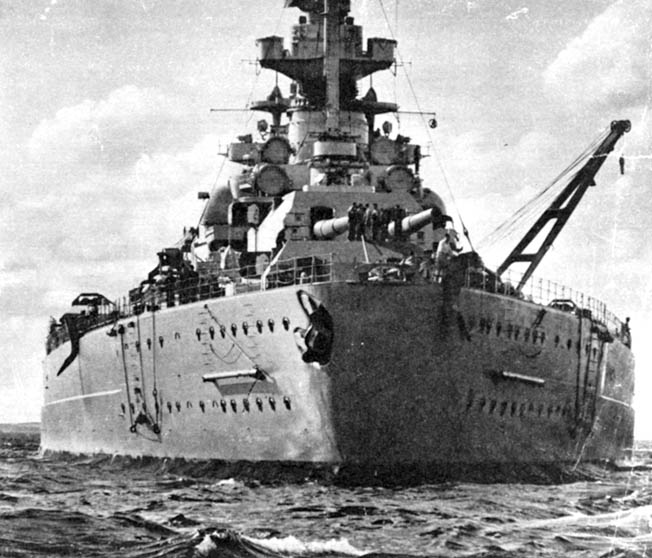
The new battleship was to be armed with eight 15-inch guns in four turrets and a dozen 5.9-inch rifles in six turrets. At 42,000 tons and protected by 13 inches of armor, Bismarck was the biggest warship ever built in Germany. With both radar and advanced fire control systems to aim her guns, she was capable of doing great damage to other warships and totally destroying any unarmored merchant ship with ease.
The Royal Navy watched her progress with trepidation. When war broke out the primary targets of the German warships were the Atlantic convoys that provided Britain with vital supplies of food and raw materials. They carried munitions, planes, tanks, food, supplies, and troops to Great Britain’s armies. If the vulnerable transports and tankers could be sunk, it was only a matter of time before Britain would fall.
However, Bismarck was not feared for her firepower alone. The British Admiralty worried over what she could do to convoys, Britain’s lifeline. The Royal Navy needed to stop her.
In the spring of 1941, Bismarck was undergoing sea trials in the Baltic Sea. When she and her consort, the Prinz Eugen, finally left the Baltic and Norwegian waters to head out to the Atlantic, the fate of Great Britain was uncertain. Already Scharnhorst and Gneisenau had sunk 22 ships totaling 115,000 tons. And they had nowhere near Bismarck’s firepower.
In May, 16 convoys were out in the Atlantic, headed for the Mediterranean or the British Isles. Even with Royal Navy destroyers, cruisers, and battleships providing escort, they were all vulnerable to Bismarck’s huge guns.
Bismarck was the all-consuming obsession of the British Admiralty. For six days, through good and bad weather, good luck and tragedy, two fleets and nearly a dozen individual warships tried to find, engage, and sink the German behemoth.
On May 24, the pride of the Royal Navy, the huge battlecruiser HMS Hood, met up with Bismarck in the Denmark Strait. When Hood and the terror of the seas met for the first and last time it really came down to the two biggest kids on the block slugging it out to see who was toughest. One was an old fighter with a heavier punch but a shorter reach, while the other was a young boxer who could hit faster.
Less than 10 minutes after they opened fire on each other, the mighty Hood received a hit that pierced her main ammunition magazines and exploded in a massive detonation that killed all but three of her 1,400 crewmen. What really mattered was not the size of the guns. It was range, armor protection, and accuracy. Hood and Bismarck carried almost identical main armament.
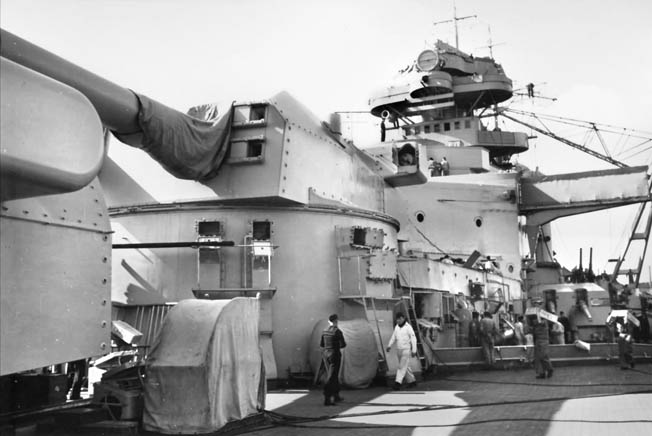
sailors go about their business. Under close scrutiny, the broadside punch of the battleship’s heaviest weapons was only average among the warships of other nations.
Hood’s loss was a deep blow to Great Britain, and it only served to steel British resolve. To the rest of the world watching the sea drama unfolding it seemed to prove that Bismarck was invincible. Sinking the Hood was a propaganda bonanza for the Third Reich. Avenging the Hood was a rallying cry for the British nation. Neither side could back down.
The Royal Navy scraped together every available ship, and in the end, by the sheerest luck and steadfast determination, two Royal Navy battleships finally turned Bismarck into a flaming wreck.
For more than 70 years Bismarck’s superiority has been taken for granted. The 1960 film added to the legend, and in time it was taken as fact. But how did it start? Who was the first to make the statement that Bismarck was incomparable? Careful research among German and British archives from the Imperial War Museum and the Naval Historical Center reveals not a single public pre-1941 proclamation of Bismarck as “the most powerful and/or biggest” battleship in the world. Not even the Nazi War Ministry or the Propaganda Ministry seems to have made such a claim. Josef Goebbels, Minister of Propaganda, certainly the master of deceit and spin control, would have been the logical one to say it, but he was too smart. Any naval expert would have challenged a boast of Bismarck’s strength, and the Third Reich would have lost face.
The closest to such a claim was during her launching at the port of Kiel. Hitler proudly stated that Bismarck and her sister Tirpitz were the “most powerful warships ever built in Germany.” That too is not fully accurate. Back in 1916 during the height of the Great War, SMS Bayern was launched. She was the first of Kaiser Wilhelm II’s new superdreadnoughts. She carried no less than eight 15-inch guns, the same as Bismarck would carry 23 years later. Hitler seems to have forgotten this minor point.
The most the Germans could honestly say, if such a word would ever be recognized by the German Propaganda Ministry, is that Bismarck was the newest and most advanced warship in the world. After a careful study of the major warships of the time, it appears the mighty Bismarck’s bark was worse than its bite.
Naval guns, by the spring of 1941, were as good as they would ever get. Their size and range increased from the early 12-inch cannon used on the pioneering HMS Dreadnought in 1906, growing by leaps and bounds by the beginning of the Great War. Soon, even 13.5-inch guns were overtaken by the massive 15-inch guns of the colossal Queen Elizabeth-class super-dreadnoughts. They set the standard in the Royal Navy that held sway for the next 20 years. But there were exceptions. For the sister battleships HMS Nelson and HMS Rodney, launched in 1920 and 1922, respectively, nine 16-inch guns, the largest ever cast by the British, were fitted. With three triple-gun turrets, they were later matched by the American Iowa-class battleships. They were the heaviest guns ever mounted on a British warship.
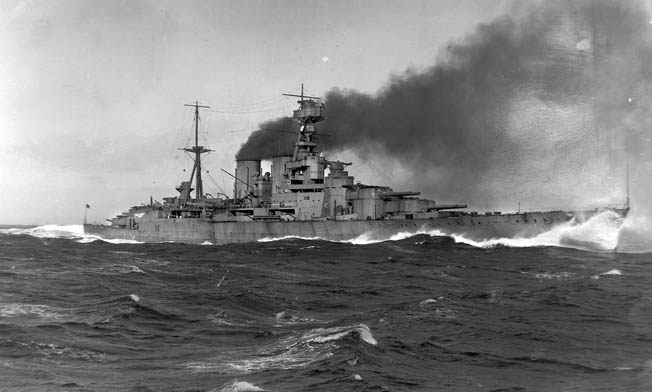
The pendulum between more guns and bigger guns swung back and forth, partially due to cost and the configuration of the proposed vessels.
Thus, prior to World War II the newest battleship in the Royal Navy was the King George V with 10 14-inch guns in three turrets. The forward and aft guns were set in two ponderous four-gun turrets, while the last two were set in a high-mounted twin turret.
This illustrates the capricious nature of battleship design in the interwar period and the early 1940s. The 14-inch gun was the standard in the U.S. Navy, appearing on nearly every battleship from the USS Nevada until the launching of USS Iowa in 1942. Nevada carried ten 14-inch guns, while the later USS Arizona boasted 12 guns in four turrets.
France’s largest battleships, Jean Bart and Richelieu, each carried eight 15-inch guns. Italy’s capital battleship Vittorio Veneto had nine guns of the same caliber and rated at 40,000 tons and 780 feet long.
Of course, any examination of World War II battleships must include the Japanese super battleships Yamato and Musashi. Yamato had been launched by the time of the Bismarck chase but would not be commissioned until December 1941. At 65,000 tons, Yamato and Musashi carried nine immense 18-inch guns, the largest ever mounted on a ship. These were the apogee of battleship design, but both remained vulnerable to carrier-based aircraft and were sunk by U.S. Navy planes during the war.
To clearly illustrate how Bismarck’s armament was less than equal to many if not most of the world’s major warships, it will be necessary to look at certain criteria. Main arma-ment, including caliber, weight of shell, and range are the most important criteria for a battleship’s guns, indeed its very reason for existence. Using a simple formula of the number of guns multiplied by the size provides a warship’s Total Gun Caliber (TGC). This is only meant as a means of ranking a ship’s gun size. Another formula, Total Weight of Broadside (TWB) is also used to help the ranking.
Many other factors need to be considered, such as range, rate of fire, fire control, and accuracy. Bismarck, as a new, highly advanced warship with state-of-the-art German engineering, was arguably technologically superior to anything in the Royal Navy in 1941.
After a careful look at the TGC and TWB ratings, some surprising results emerge. Japan’s Yamato, with a TGC of 168 ranks second behind the Japanese battleship Nagato at 198. Yet as TWB is rated the numbers are reversed. Nagato could fire a heavier broadside than her newer, bigger descendant. Interestingly, the U.S Navy’s Arizona and Tennessee had the same 168 TGC as Yamato, although their gun range and weight of broadside were inferior. Overall, Japan’s battlewagons rank highest while the United States and Great Britain hover above France and Italy. The mighty Bismarck, the “terror of the seas” as Johnny Horton’s 1959 novelty song proclaimed, is dead last.
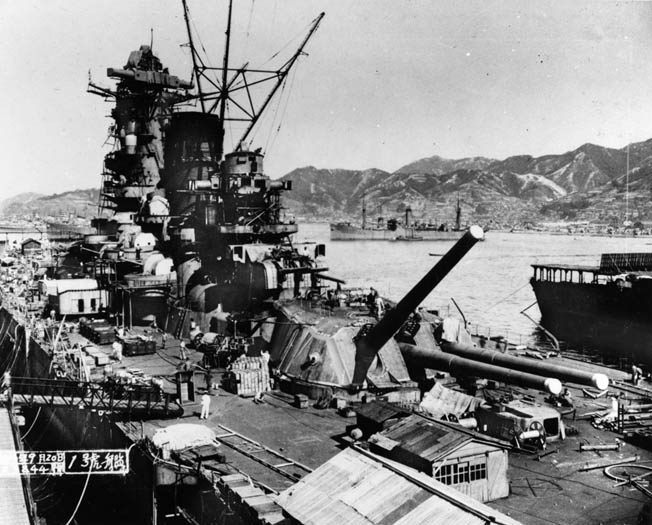
Hood and Bismarck were evenly matched. Both had a TGC of 120 and a nearly identical TWB of 7.238 tons and 6.857 tons, respectively. In fact, Hood’s shells weighed 1,900 pounds while her opponent fired 1,800-pound projectiles. Even with heavier shells, Hood’s 29,000-meter range was 6,000 meters shorter than Bismarck’s. Only Bismarck’s range and gunnery was superior. In the end, it was a lack of armor protection that doomed Hood.
So how did the world come to accept the boast? Bismarck was only considered the most powerful battleship in the world long after she had been sunk. It was part of the legend. And the Royal Navy, having lost the vaunted Hood and then destroying the German behemoth, looked better if Bismarck had been the superior vessel.
The truth is, for just nine short days, Bismarck was the newest and most advanced battleship in the world. Sooner or later she would have met her match, as all boastful bullies eventually do.
Author Mark Carlson has written on numerous topics related to World War II and the history of aviation. His book Flying on Film—A Century of Aviation in the Movies 1912-2012 was recently released. He resides in San Diego, California.
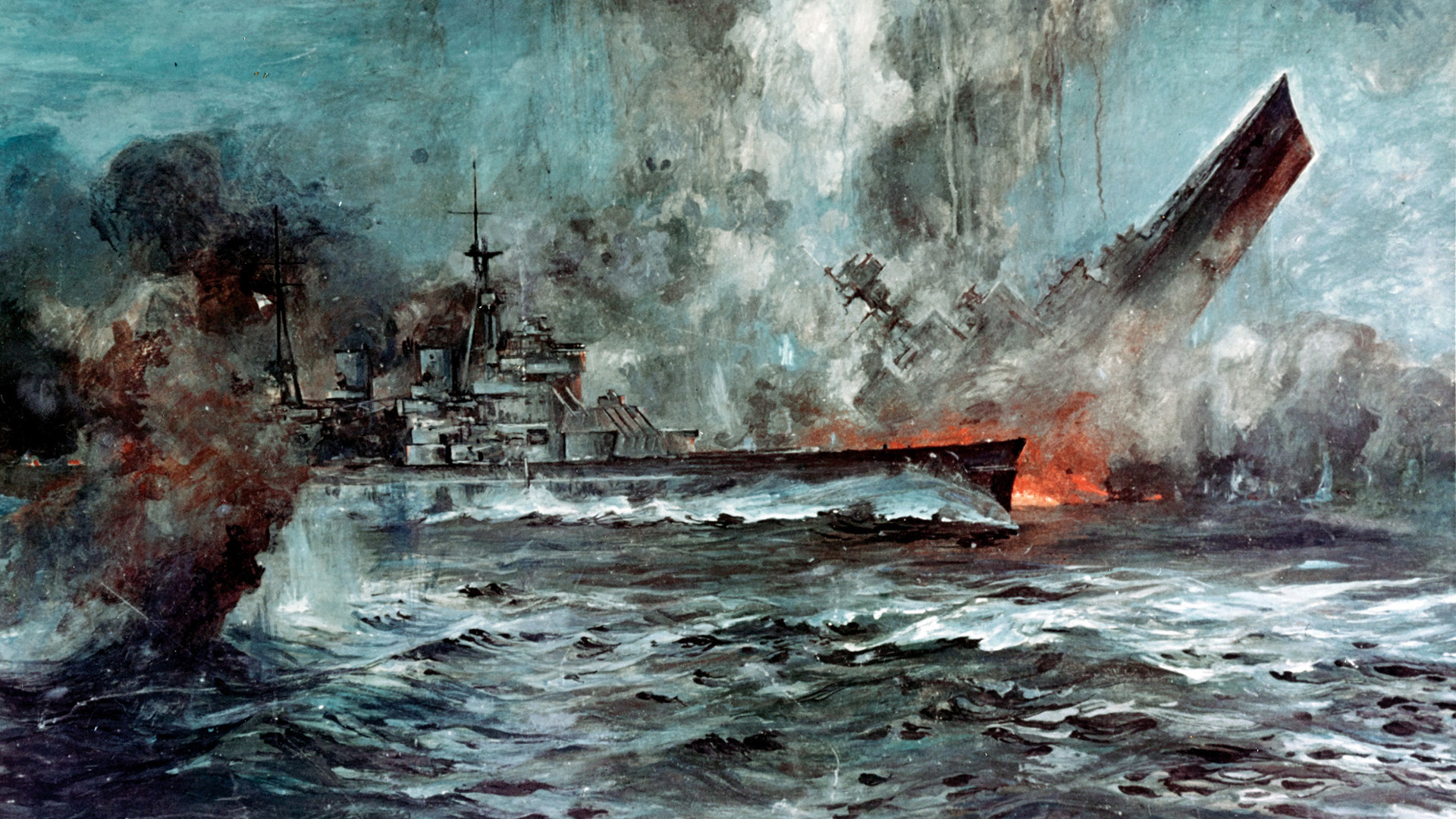
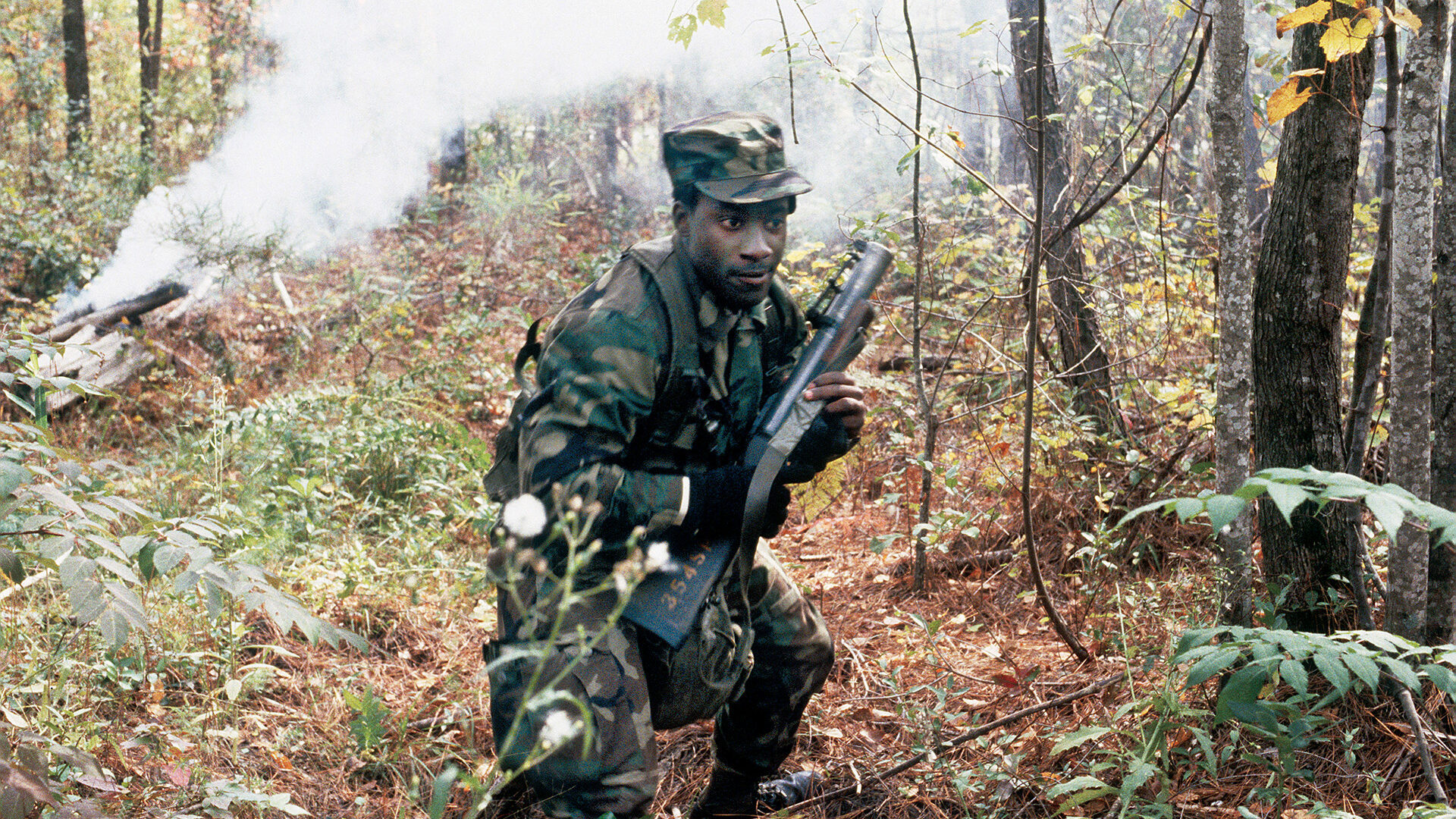

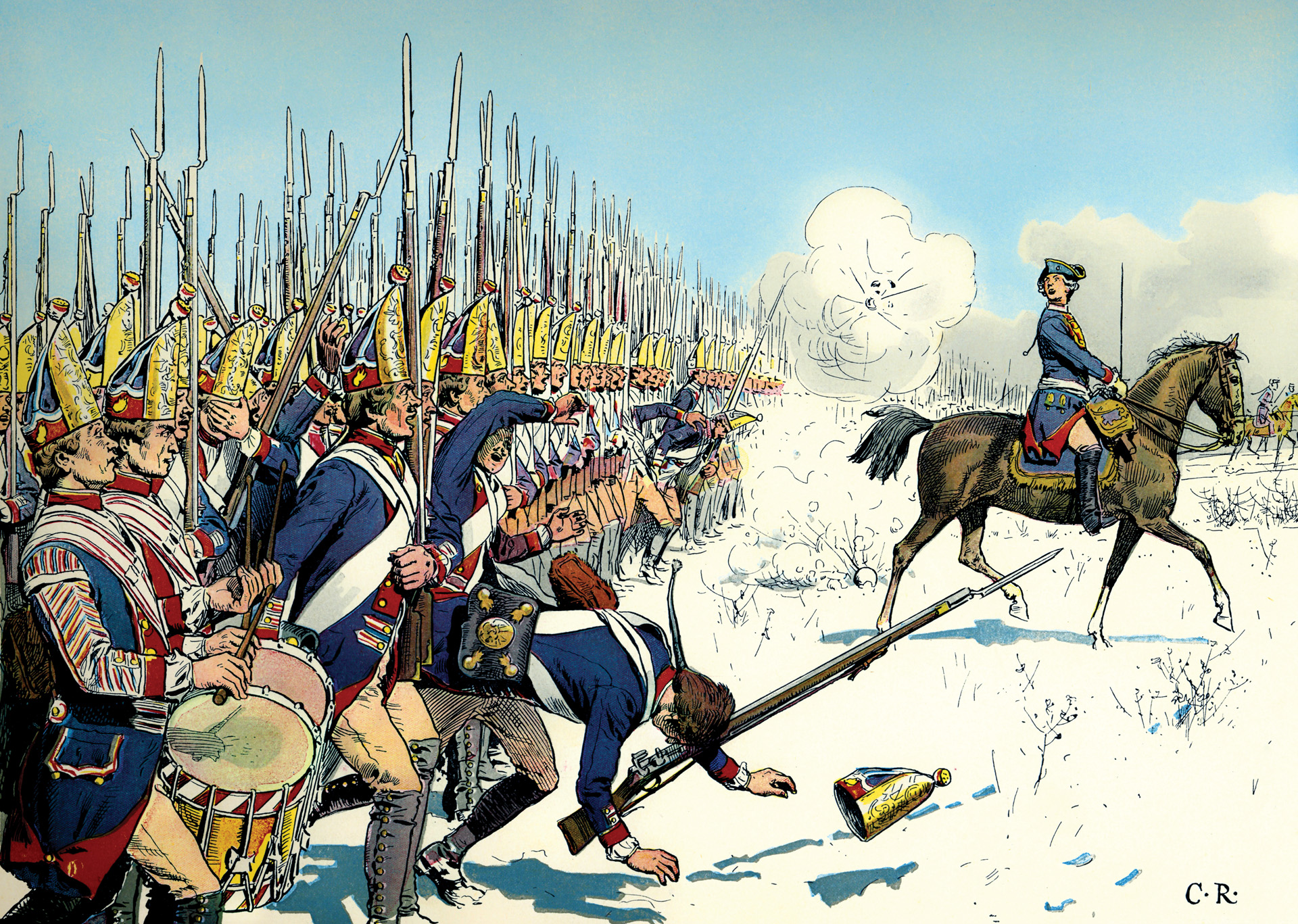
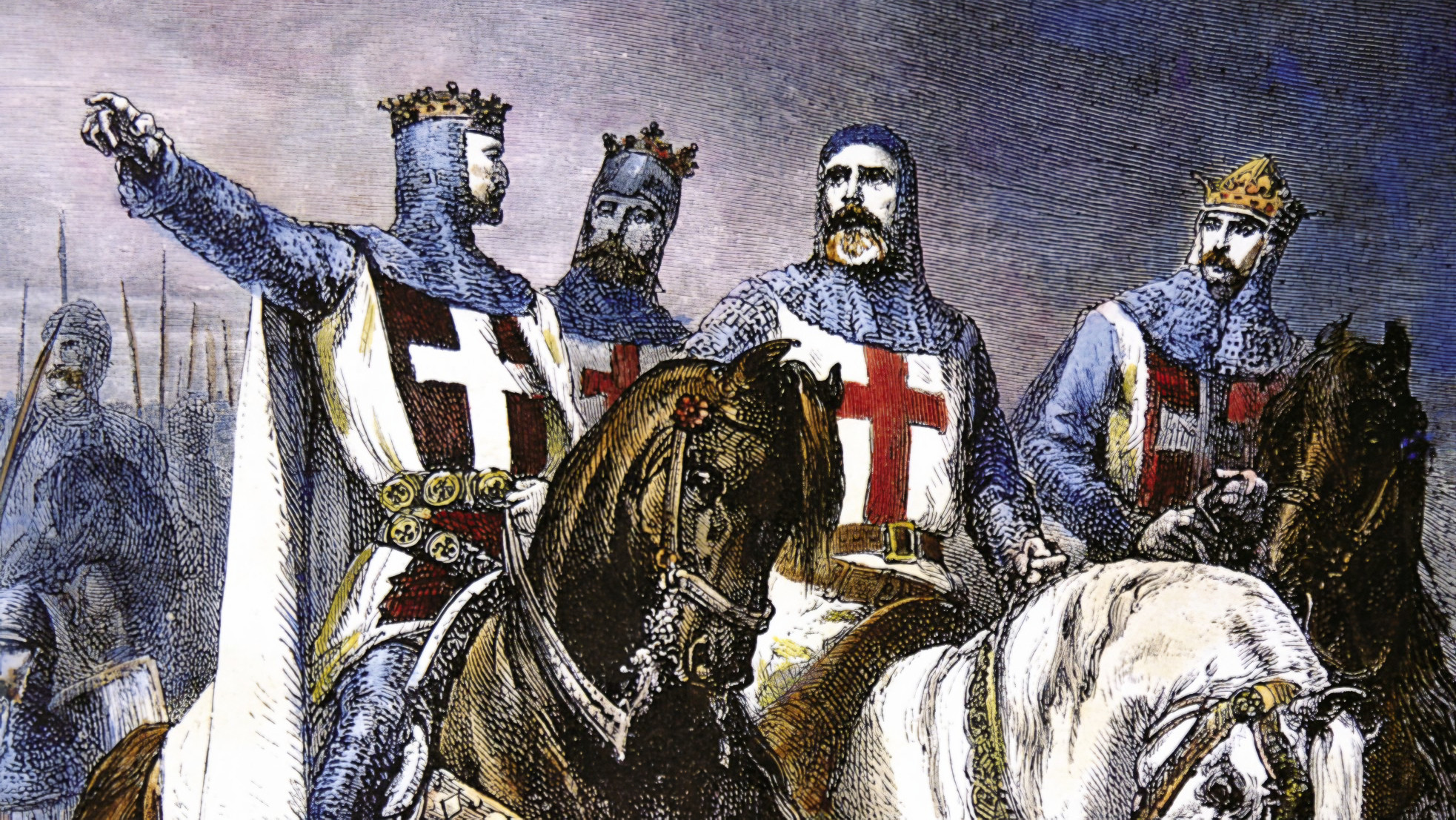
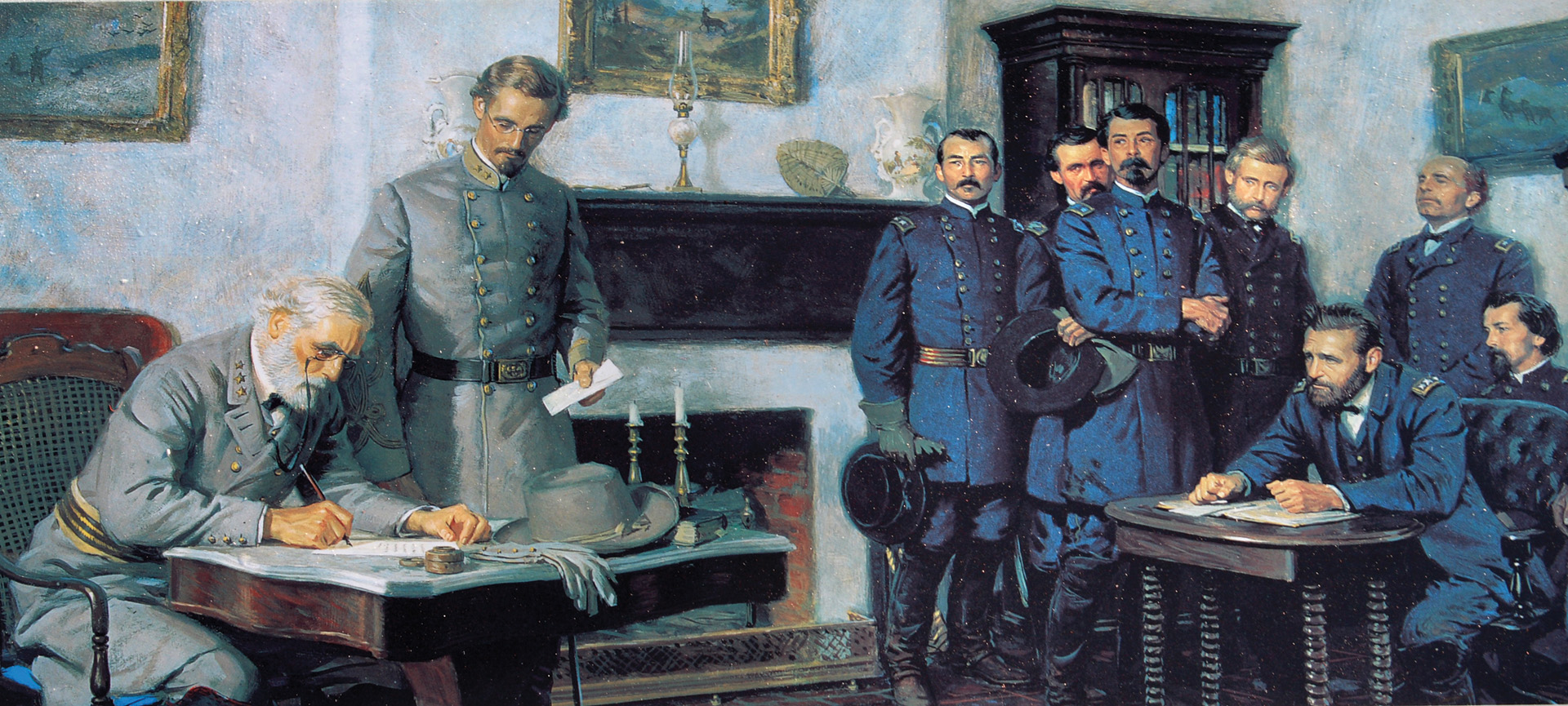
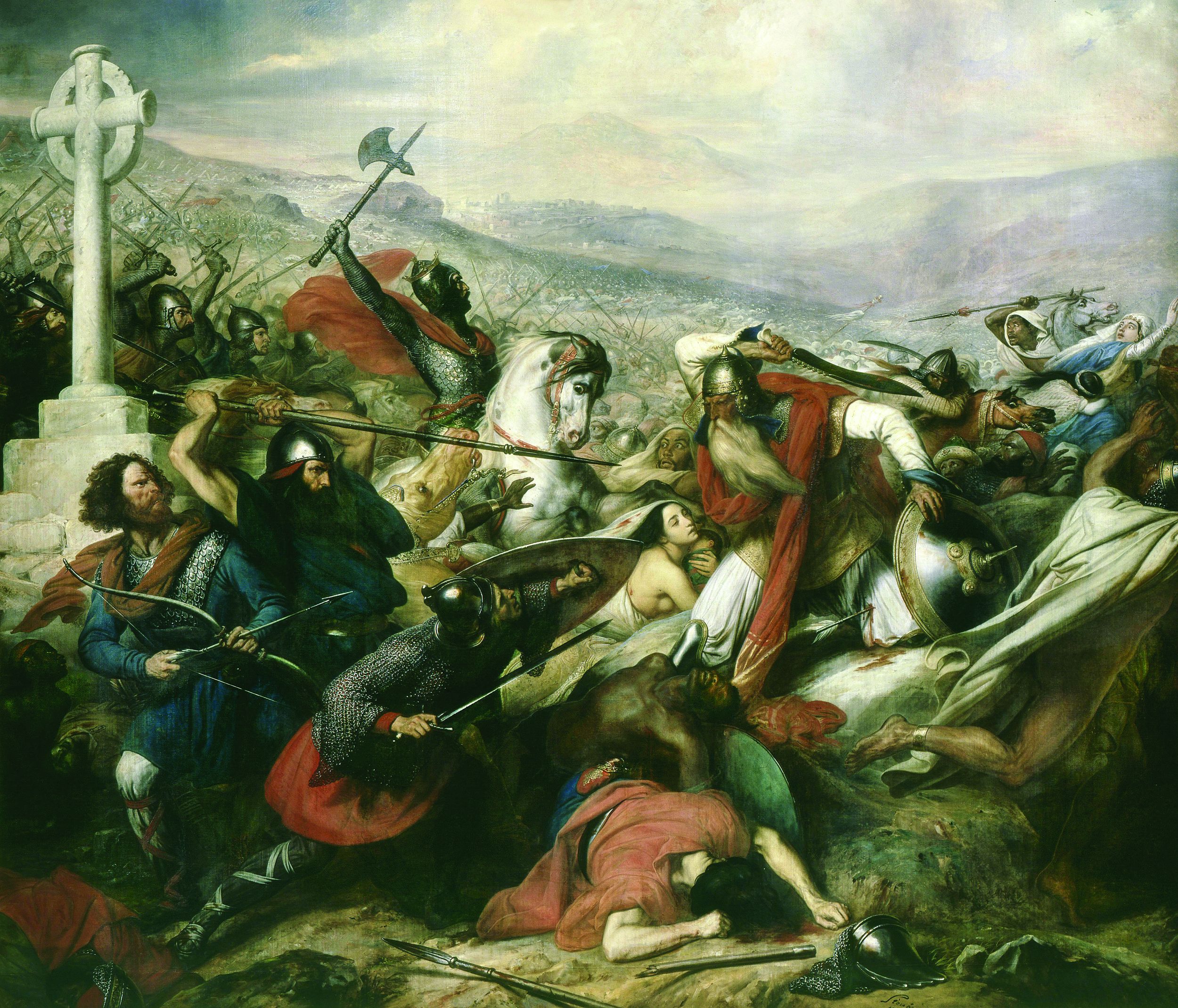
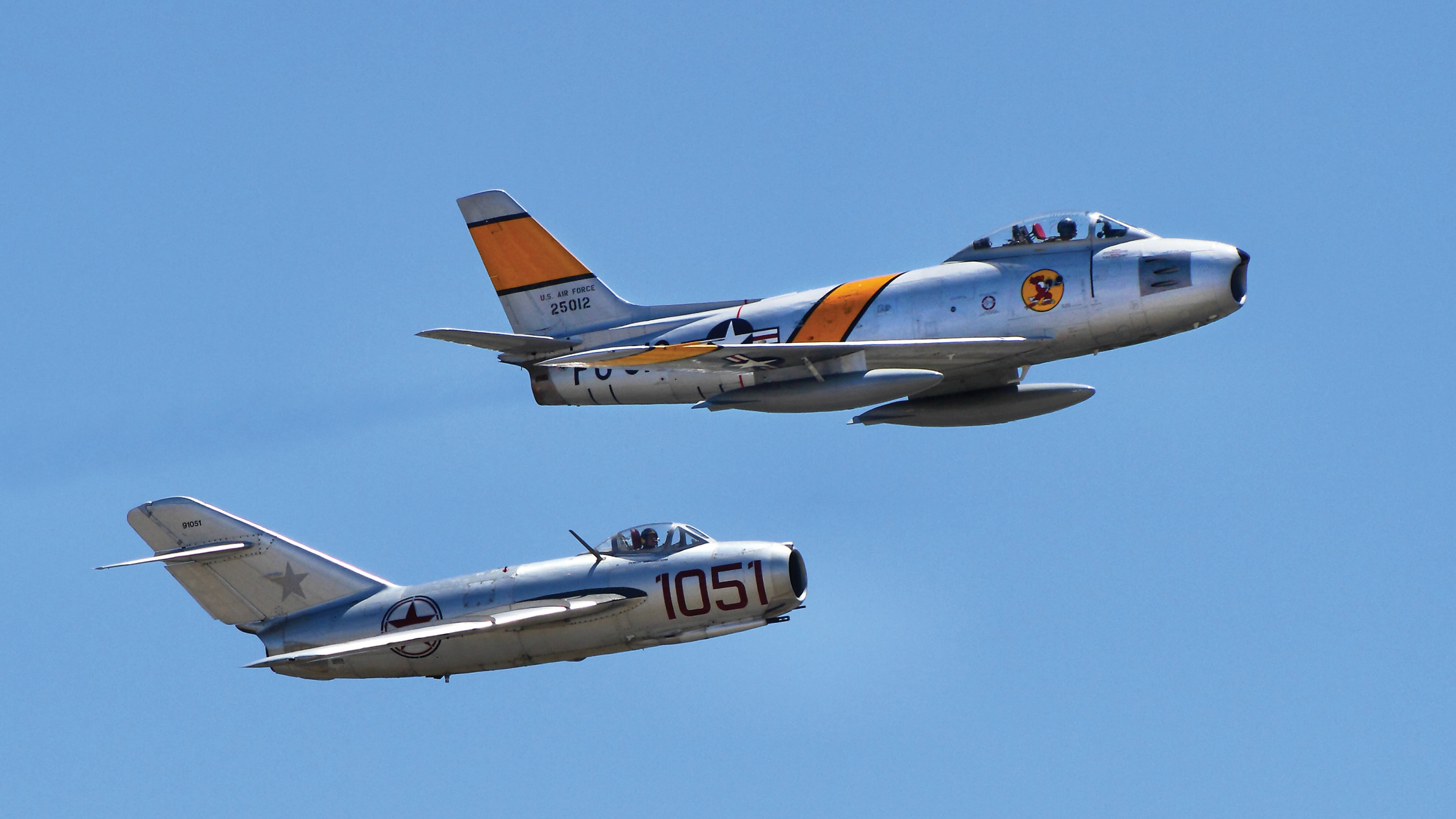
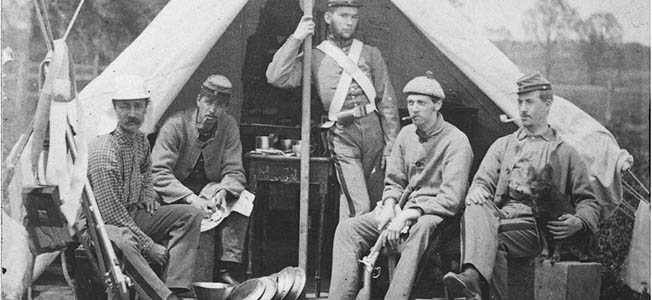
The North Carolina and South Dakota class battleships of the US Navy had 9- 16 inch guns. The Iowa class were not the first US battleships with 16 inch guns.
Even before the North Carolinas, South Dakotas and Iowas, with their nine 16-inchers arranged across three turrets, the much earlier Colorado-class BBs (laid down not long after the Pennsylvania-class and launched in 1920-21) also had 16-inch guns, although they were arranged in pairs across four turrets.
What a strange article and conclusion. It is as if the author has a personal hatred and vendetta against a ship and what is now a war grave. The ship is legendary because of the course of events surrounding it’s life and the incredible story that it is. It is undoubtedly one of the greatest ship to ship confrontations in the history of naval warfare. The Bismarck and the Prinz Eugen defeating an arguably superior surface force, sinking the pride of the Royal Navy with a single shot and landing several hits on the battleship Prince of Wales forcing the stricken ship to retreat. It was the balance created by the combination of speed, armor, firepower, technology, and the very crew that made the Bismarck stand out upon analysis. Beyond that, the author forgets or does not know the German surface fleet was designed for raiding commerce vessels, not designed for hunting battleships. However, sea trials regarding the Bismarck were in fact designed around a conflict with the HMS Hood should that arise and this only lends to the story.
Bismarck was the superior vessel that day. Comparisons with other ships and scenarios and what will never come to pass is pure conjecture.
Agreed, there is a strange amount of emotion behind this author’s conclusion. This certainly is not an unbiased and rational evaluation.
There is also an unsettling number of factual errors for an author claiming to be an authority.
I think a little more time fact-checking was in order here.
Actually Bismarck was not the superior vessel that day or any day she was in commission. HMS Rodney and HMS Nelson had vastly superior firepower (16″ vs. 15″) and armor protection. HMS KGV was much better armored (14″-15″ main belt & 6″ deck) than Bismarck (12″ main belt and 4.0″ deck), had better radar, better AA and secondary suite, and had four shafts as opposed to three. USS North Carolina was vastly superior with 9 x 16″ guns that fired the devastating 2700 lb AP shell, the best armor in the world (both Class “A” and Class “B”) for her 12.25″ inclined (15 deg.) belt (that was 25% stronger than any other in the world) that sat on 2″ STS (equivalent in strength to most primary armor used by other nations) massive total vertical protection (over 11″ on 4 decks), 16″ conning tower, 18″ turrets, 16″ barbettes, 14.7″ steering gear lower belt armor, her massive internal subdivision, her construction out of STS steel (with twice the strength of “ship steel” used by every other nation and with a “high grain” microstructure making it quite strong, tough, and well suited for stripping the caps off all other nations AP shells), the best fire control and search radars in the world, the best AA-suite in the world, the best damage control in the world, and a cruising range of nearly 20,000 miles. Even the Italian Littorio’s were superior in overall protection and fire power. The Bismarck survived as long as she did against HMS Rodney and HMS King George V because both RN ships were low on fuel and Admiral Tovey got in close (<10,000 yards) to get hits and achieve a mission kill before his ships ran out of fuel. If he'd had the USS North Carolina he'd have had sufficient fuel and fire control to use those 16" naval rifles and their 2700lb AP shells to smash right through Bismarck's decks at beyond 25,000 yards and blown her up…..much as she did to the inadequately armored HMS Hood a couple days earlier.
BTW…..had the British followed through on the original plan to reconstruct the HMS Hood as they had the HMS Queen Elizabeth class from 1936 – 1938, she'd have had 5.5 inch armored deck, a deeper and sloped armored belt, higher elevation on her excellent 15" – 42 cal. main armament and radars like the HMS KGV. Hence, Admiral Holland wouldn't have had to "charge in" to reduce the range and, thus, HMS Hood's vulnerability to plunging fire, thus, making Hood a very easy and predictable target for Bismarck who sank Hood due to her inadequate 3" armored deck protection. Rather he could've stayed out at 30,000 to 36,000 yards and dropped 1920lb AP shells fired with super-charges (18.4 ton/sq.in pressure) which was beyond the effective range of German fire control radars.
You are wrong dude lol
Oh so many errors and assumptions in the article.
To RS: there is more to firepower than caliber. Broadside weight is a bad comparison, and not just because it discounts rate of fire. Biz’ 38cm had extremely good armor penetration thanks to the high muzzle-velocity and flat trajectory, better than most 16” guns against side armor, and it’s shells had a rather large bursting charge (again, bigger than most 16” shells, including the 2,700 US ones , although not compared with the British), and had very tight salvo groups during gunnery trials on top of that. Bursting charge, rather than the actual weight of the shell, is what dictates the kind of damage inflicted. More “heavily armored” is just wrong. There is more to Bismarck’s armor protection than Wikipedia would have you believe. There was the 12.6” belt (outwardly inclined for most of its length), but behind that was a 4.7” armored citadel slope meant to stop anything that got through the belt, and an armored bulkhead behind that. It also had two separate armored decks, whereas most battleships had one. It was basically impossible for a shell to penetrate to her vitals through her belt thanks to that configuration, which is almost certainly why she didn’t sink outright from the massive bombardment she received. It’s turret protection was thinner than its contemporaries (except KGV) but stronger than most older ones. Littorio had a faulty side armor scheme, only 3” decapping plates closely followed by an 11” internal belt, with only a slim void between them which actually nullified any de-cap ability.
Also, to the article: Hood was better protected than all of the RN battleships except the KGVs and Nelsons. Compared to the older German 15” gun from WWI, Bismarck and Tirpitz had longer barreled guns that fired a heavier shell (with, yet again, a larger bursting charge) at a much higher velocity, resulting in a dramatically more powerful gun. The Bayern class wasn’t even remotely on par in terms of armor protection (despite the nominally thicker main belt), secondary armament, speed, cursing range, and even redundancy for all of its systems. That’s understandable since it was a 1910s design, not a 1930s one, but Bismarck was definitely superior in every since of the word.
Ryan A,
You’re missing the point completely. The point of the article was about the myth vs. reality of the specifications of the ships in question. This is not a personal hatred and I have no clue where you got that from. I also disagree with your conclusion that Bismarck and Prinz Eugen defeated a “superior” force. Hood was a battle cruiser not armored to withstand 15 inch hits. She was armored to withstand cruiser fire. Prince of Wales was brand new and not fully operational. You’re also wrong stating that “the German surface fleet was designed for raiding commerce vessels…”. Not true, they were designed properly for the type of ship they were. How they were used, is naval strategy not a result of design criteria. The only warships the Germans produced that fits your “designed for raiding commerce…” are the “pocket battleships”.
Hood had an inclined 12” belt with a sloped deck behind it, and 15” turret face armor. She was definitely built to withstand battleship gunfire.
Legends all round. The Hood wasn’t ‘the pride of the Royal Navy’ because it was, by then, 25 years old.
The important point of the battle was, as with Jutland, that the German navy had been driven back to port and, apart from the U-boats, remained bottled-up for the rest of the war. This, and Jutland, were complete strategic victories.
HMS Hood was still the largest ship in the Royal Navy and had been the largest warship in the world until Bismarck was commissioned. She wasn’t the most modern ship and she certainly wasn’t the best protected ship, but she was still a great symbol of pride for the Royal Navy and was a much beloved ship.
When was bismarck was in service hood was still longer by 12 meters
What I find strange about this article is the lack of any mention of the Washington Naval Treaty, which imposed an upper limit not only on the size of fleets, but also on the size and armament of individual battleships.
It is the major reason that the constant increase in size that had marked battleship evolution from 1906 to 1923 did not continue, and the kind of design compromises made in the cases of the British Nelsons and King George Vs would be hard to understand without it. It also affected the design of the Bismark: while it exceeded the Washington limits, it was designed to stay at least within plausible deniability of that fact. The Japanese Yamatos, planned to be launched after the lapse of the treaty, and the American Iowas designed in reply naturally ignored the treaty limits.
If everything is taken into account (broadside weight, rate of fire, accuracy, speed, armor protection and internal compartmentalization) I would believe that the Bismark was superior to any other single battleship afloat at the time she set out for her raid – but only gradually so, rather than vastly. And since battleship design was, ultimately, an evolutionary process, it’s actually not very surprising that the newest battleship would be the best, at least for its moment.
And that still left the Royal Navy with a vast superiority in numbers, of course, so Admiral Lütjens definitely didn’t feel as confident (or speak as confidently) about the sortie’s prospects as it was made to appear in that movie – but movie scripts tend to value dramatization over historical accuracy, and to a certain degree you can justify that by the fact that their purpose is entertainment, rather than education.
Your comments are very valid. Hood was a beautiful looking ship, over 20 yrs old as well. The Officers and crew were very experienced. Admiral Holland made some poor judgments, with the position of Hood and PoW. Did Hood hit Prinz Eugen or Bismarck , I do not think so, yet Prinz Eugen and Bismarck hit Hood, and we all know what happened next. So the German ships were better gun platforms , steady and more accurate.
Bismarck was a strongly built battleship, she took several torpedo attacks as well. It took the RN 2,500 shells of several calibers to ‘sink’ her, (KG5 , Rodney & the Heavy cruisers) that’s testament to her design and build.
Her seaworthiness, exceeded the RN battleships. Yet the RN should have remembered that three battleships exploded during Battle of Jutland , as did the unlucky Hood.
What intrigues me most is ‘why Hood could not hit Bismarck”,……….poor gunnery.
Cheers.
HMS Hood’s gun fire radar was not a modern set as had been fitted aboard the Queen Elizabeth class (after their reconstruction in the 1930′), the Nelson’s or the KGV class. Couple that with the fact that he “charged” Bismarck to close range at 27 knots to reduce Hood’s vulnerability to plunging fire and that both Hood and Prince of Wales initially opened fire on the Prince Eugen (which had a silhouette that looked a lot like the Bismarck (and intentionally so)) and that helps at least partially explain the failure of Hood to hit Bismarck.
“The closest to such a claim was during her launching at the port of Kiel. Hitler proudly stated that Bismarck and her sister Tirpitz were the “most powerful warships ever built in Germany.” That too is not fully accurate. Back in 1916 during the height of the Great War, SMS Bayern was launched. She was the first of Kaiser Wilhelm II’s new superdreadnoughts. She carried no less than eight 15-inch guns, the same as Bismarck would carry 23 years later. Hitler seems to have forgotten this minor point.”
As of mid of the thirtiees the 28 cm C/34 gun already could achieve the power of the old 38 cm L/45 gun.
Compared to the modern 38 cm C/34 the old gun/armor piercing shell was outdated, the new 38 cm Psgr L/4,4 was far better in outer ballistics, as well in raw penetration power.
…………………………………………………………………………….
“Hood was only a “lightly” protected battlecruiser.”
Indeed after the lessons learned at Jutland the british admirality followed a completely new approach with regard to protection for their new battlecruisers. Hood was a better armed and better protected ship compared to the QE/Royal Sovereign class battleships.
…
But its armor obviously proved insufficent against modern (end of thirties) armor piercing shell.
…………………………………………………………..
“Prince of Wales was brand new and not fully operational.”
Bismarck was also brand new.
In contrast to the Kriegsmarine the Royal Navy has a voluminous core of personnel trained on battleships.
Bismarcks ship crew was almost completely “green”, when they started training on Bismarck (commisioning 24. August 1940). Remember they were upbuilding a marine from 15000 heads in 1934. Nevertheless the Germans had a advantage of about a half year in service.
The authors ranting does little to improve his credibility and there is no way he can manage to tarnish the legendary Bismarck and there is a simple explanation for that…..In people’s minds those 9 days of Bismarck’s activity are similar to the 4 days the Titanic took to sail and sink…those brief intense time periods sealed both ship’s legendary status
There are a number of factual errors in the article – for example, 16″ weren’t the largest guns ever made by the RN; there were a few 18″ pieces made but they weren’t very successful.
The Bismarck’s armament was only average in size and number of guns, and her radar was distinctly inferior to the shadowing RN cruisers. She had some serious design and constructional faults – weakness at the stern and her forward radar fit didn’t survive her first shoot in anger, at the RN cruisers. That was why Lutjens put Prinz Eugen in the lead to cover the forward sector with hers. It was this, together with unclear enemy reports at some stages in the night from the cruisers, that caused Hood to lose the chance to make the ‘crossing T’ approach Adm Holland wanted and led to the poor disposition at Denmark Strait – which also exposed the worst aspects of Hood’s older fire control system. Even then Hood might have made a better showing but for the low-probability fatal hit.
The real advantage Bismarck had at the time was speed. No RN heavy ships of comparable fighting power could have caught her had it not been for her own low-probability hit – by a relatively lightweight torpedo from an unusually slow attacking biplane.
Her further vulnerability in open battle was demonstrated by the decisive hit next morning at 09:02 from Rodney – cutting hydraulic power to turret Anton and jamming Bruno in training; thus removing half of Bismarck’s main armament with no hits scored in reply. With four heavy guns and no directional mobility against nineteen British there could then only be one outcome, even despite the unreliability of KGV’s armament.
Hey, wasn’t it discovered that despite the massive beating the Bismarck took it sunk because the crew had scuttled it?
And if so than could the Royal Navy’s constant bombardment and the torpedo hits be responsible for a large portion of the German crew trying to get off the ship?
Please give some input and your personal theories.
Ex the arguments over the fitting out of the ships concerned, there were several quite competent documentaries made about the battle itself after the 1960 film. The strengths and weaknesses of both sides were set forth quite well. The fact that a damaged Bismarck was unable to escape to France after the first air encounter due to its inability to steer with its engines was presented as the determinate factor of its sinking after heavy RN fire. The ship was capable of slightly faster speeds than those of the Royal Navy but it is validly argued that a second round of air attack might have achieved the same same result a day or two later. It is probably fair to assume the futility of sending out a small task force when the enemy has a fleet in the vicinity. See Yamato and Musashi.